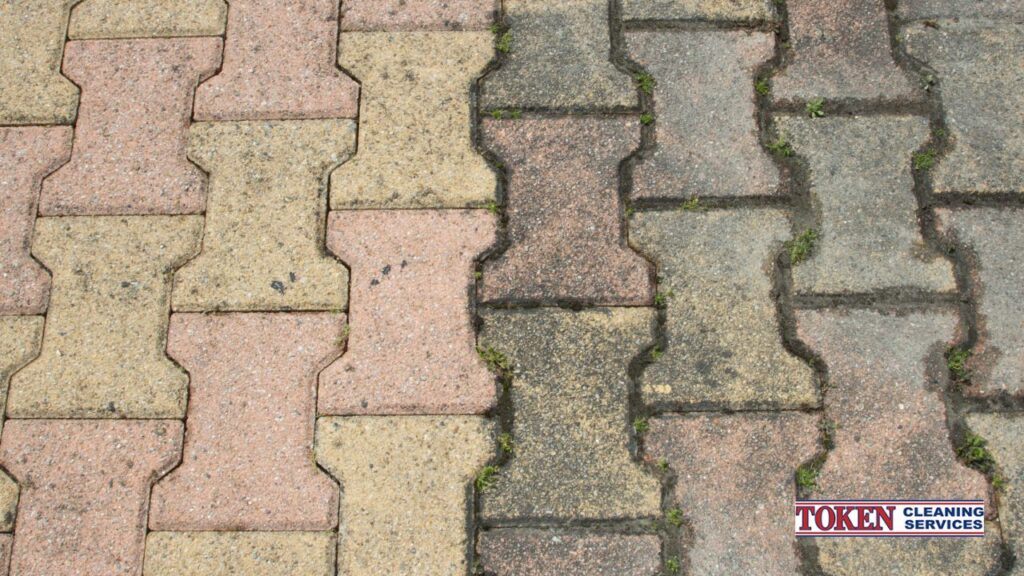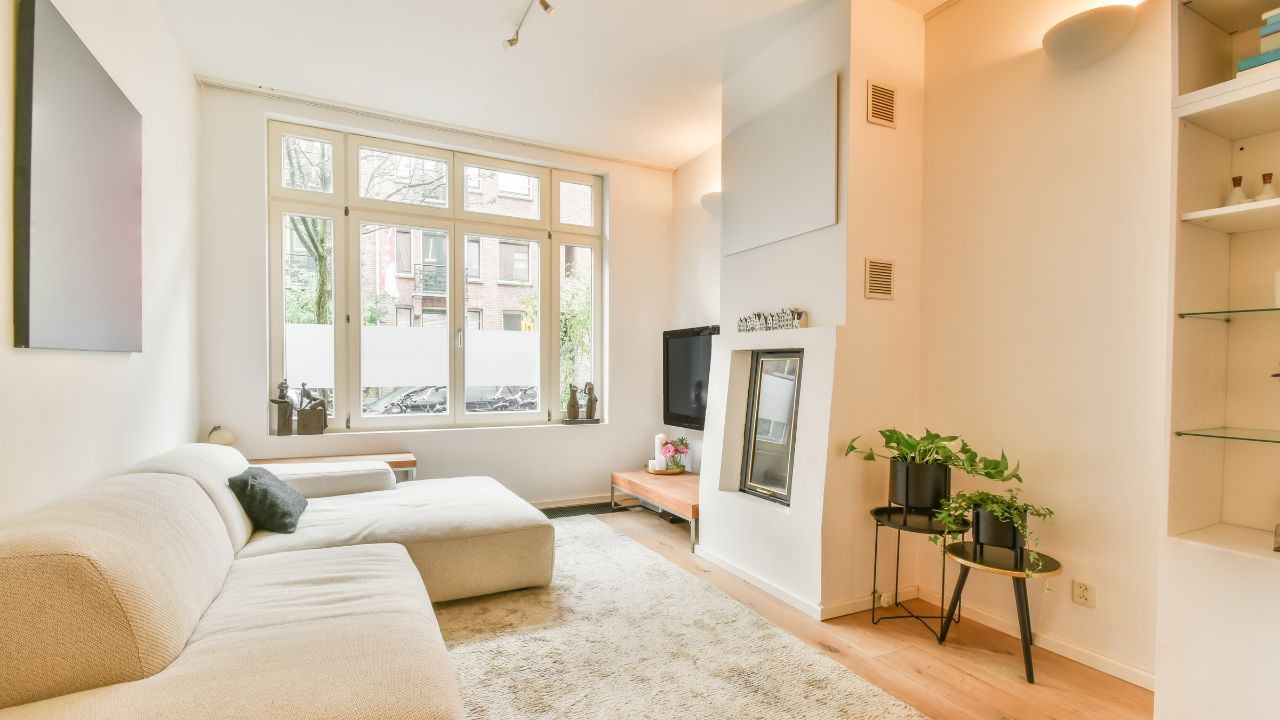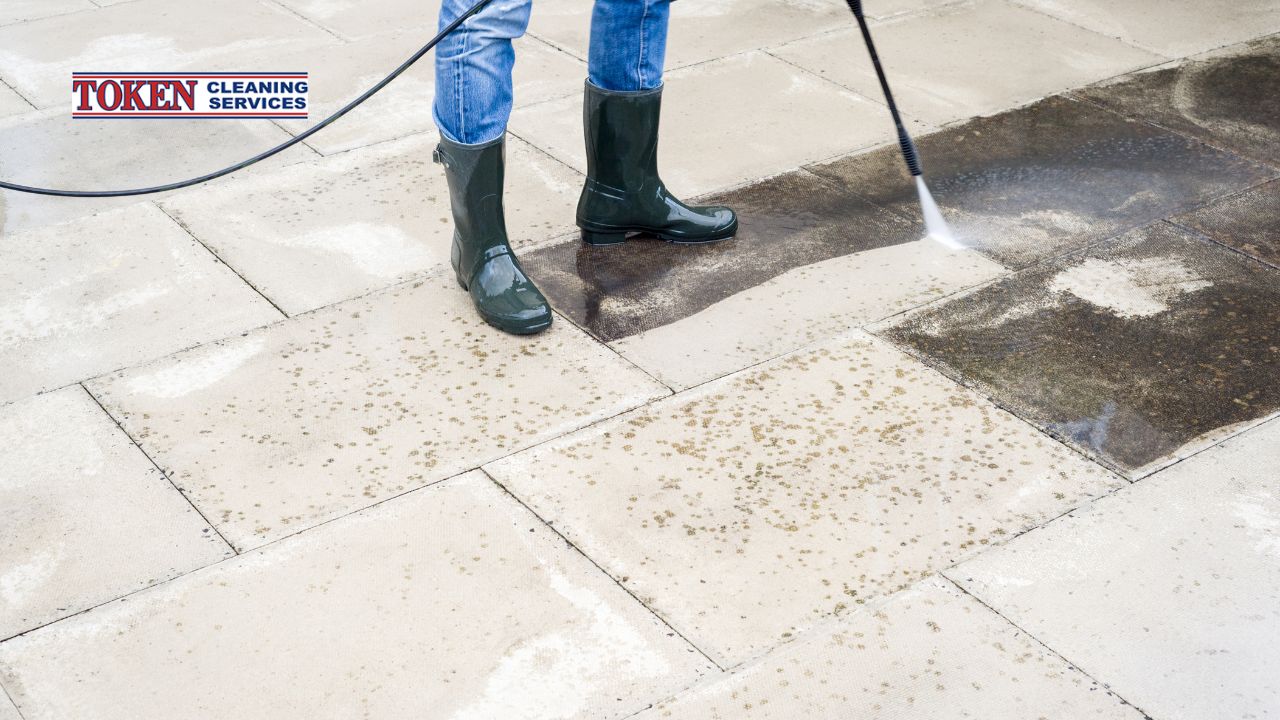That green, slimy film creeping across your stone patio, walls, or driveway isn’t just unsightly; it can also be a slip hazard and, over time, potentially damage the stone’s surface. If you’ve been wondering, “Can you really remove algae from stone?”, the answer is a resounding yes! With the right techniques and a bit of elbow grease (or the help of professionals), you can effectively eliminate algae and restore the natural beauty of your stonework.
In this comprehensive guide, we’ll delve into what algae is, why it loves to colonise stone, and, most importantly, provide you with effective strategies for its removal. Whether you’re tackling a small patch on your garden path or a more significant growth on your stone facade, understanding the process is the first step towards a cleaner, safer outdoor space.

Understanding the Green Invader: What is Algae?
Algae are simple, plant-like organisms that thrive in damp environments. They contain chlorophyll, which allows them to photosynthesise and produce their own food, giving them that characteristic green colour. Stone surfaces, particularly those that are porous and retain moisture, provide an ideal habitat for algae to take hold. Shaded areas, surfaces that don’t dry out quickly after rain, and those exposed to organic matter are particularly susceptible.
Left untreated, algae can do more than just make your stonework look untidy. Its presence can:
- Create a Slip Hazard: Wet algae is incredibly slippery, posing a significant risk of falls, especially on pathways and patios.
- Discolour the Stone: Algae can stain the surface of the stone, making it look dull and aged prematurely.
- Contribute to Material Degradation: Some types of algae can produce acids that slowly erode the stone’s surface over time, potentially leading to structural damage.
Your Arsenal Against Algae: DIY Removal Methods
For smaller algae infestations, you might consider tackling the removal yourself. Here are several DIY methods you can try:
- Good Old Soap and Water: For light growth, a stiff brush and soapy water can sometimes do the trick. Use a mild detergent and scrub the affected areas thoroughly. Rinse well with clean water afterwards. This method is best for relatively new and surface-level algae.
- White Vinegar Solution: White vinegar is a natural cleaning agent that can be effective against algae. Mix equal parts white vinegar and water in a spray bottle. Apply the solution to the affected stone, let it sit for about 15-20 minutes, and then scrub with a stiff brush. Rinse thoroughly with water. Be cautious when using vinegar on certain types of natural stone, as its acidity could potentially cause damage. Always test in an inconspicuous area first.
- Baking Soda Paste: Baking soda is a mild abrasive and can help lift algae from porous surfaces. Make a paste of baking soda and water, apply it to the algae, and let it sit for a few hours. Then, scrub the area with a brush and rinse thoroughly.
- Pressure Washing (Use with Caution): A pressure washer can be a quick way to remove algae, but it’s crucial to use it correctly, especially on softer types of stone. Use a low-pressure setting and a wide fan nozzle to avoid damaging the surface. Always test in an inconspicuous area first, and be mindful of directing the spray away from mortar joints to prevent erosion.
- Specialised Algae Removers: You can purchase specific algae removal products from DIY stores or garden centres. Always read and follow the manufacturer’s instructions carefully, ensuring the product is suitable for the type of stone you are cleaning.
Important Considerations for DIY Removal:
- Safety First: Always wear appropriate safety gear, including gloves, eye protection, and sturdy footwear, when cleaning outdoor surfaces.
- Test in an Inconspicuous Area: Before applying any cleaning solution to a large area, test it on a small, hidden section of the stone to ensure it doesn’t cause discolouration or damage.
- Thorough Rinsing: Ensure you rinse the cleaned areas thoroughly with clean water to remove any cleaning solution residue, which could potentially harm plants or pets.
- Be Patient: Stubborn algae growth may require multiple attempts or a combination of methods.
When to Call in the Professionals: The Benefits of Expert Stone Cleaning
While DIY methods can be effective for minor algae issues, there are situations where professional stone cleaning services are highly recommended:
- Large or Stubborn Infestations: If you’re dealing with extensive algae growth that doesn’t respond to DIY methods, professionals have the expertise and industrial-grade equipment to tackle the problem efficiently.
- Delicate or Historic Stone: Certain types of natural stone are more delicate and can be easily damaged by incorrect cleaning techniques or harsh chemicals. Professionals have the knowledge to clean these surfaces safely and effectively.
- Safety Concerns: Cleaning high walls or steeply sloped patios can be dangerous for homeowners. Professional cleaners have the necessary safety equipment and training to handle these situations.
- Underlying Issues: Professionals can often identify underlying issues that contribute to persistent algae growth, such as poor drainage or excessive shade, and recommend solutions to prevent future problems.
Token Cleaning: Restoring Your Stone Surfaces to Their Former Glory
At Token Cleaning, we understand the importance of maintaining the appearance and integrity of your property’s exterior. Our brick, stone, and render cleaning services are specifically designed to tackle a range of issues, including the removal of stubborn algae from various stone surfaces.
We utilise specialised cleaning solutions and professional-grade equipment, such as pressure washers operated at appropriate pressures and soft washing techniques for more delicate stone, to effectively eliminate algae without causing damage. Our experienced technicians will assess the type of stone and the severity of the algae growth to determine the most suitable and safest cleaning method.
For your patios and paved areas, our dedicated patio cleaning services can transform tired, algae-covered surfaces into pristine and safe spaces once again. We take pride in restoring the natural beauty of your stonework, enhancing your property’s kerb appeal and ensuring a safer environment for you and your family.
Furthermore, to help protect your clean stone surfaces from future algae growth and staining, we also offer stone sealing and protection services. Applying a quality sealant can create a barrier that repels moisture and inhibits the growth of algae and other organic matter, making future cleaning easier and prolonging the life of your stone.
Preventing the Return of the Green Menace: Tips for Long-Term Algae Control
Once you’ve successfully removed the algae, taking preventative measures is key to keeping it at bay:
- Improve Drainage: Ensure that water drains away from stone surfaces effectively. Clear any blocked drains or consider landscaping adjustments to improve water runoff.
- Increase Sunlight and Airflow: Trim back any trees or shrubs that create excessive shade and restrict airflow over your stone surfaces. More sunlight and better ventilation help surfaces dry out more quickly, making them less hospitable to algae.
- Regular Cleaning: Incorporate regular light cleaning of your stone surfaces into your maintenance routine to prevent algae spores from establishing themselves.
- Consider Algae Inhibitors: For areas prone to persistent algae growth, you can consider applying a preventative algae inhibitor solution periodically.
Conclusion: Reclaim Your Stone from Algae
Removing algae from stone is not an impossible task. Whether you choose to tackle it yourself with the right DIY methods or enlist the expertise of professional cleaning services like Token Cleaning, restoring your stone surfaces to their clean and natural state is achievable. By understanding the nature of algae, employing effective removal techniques, and implementing preventative measures, you can say goodbye to that unsightly green film and enjoy your beautiful stonework for years to come. Don’t let algae diminish the appeal and safety of your property – take action today!














